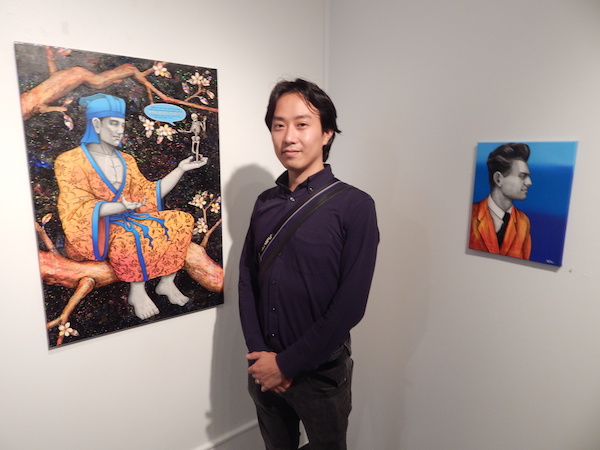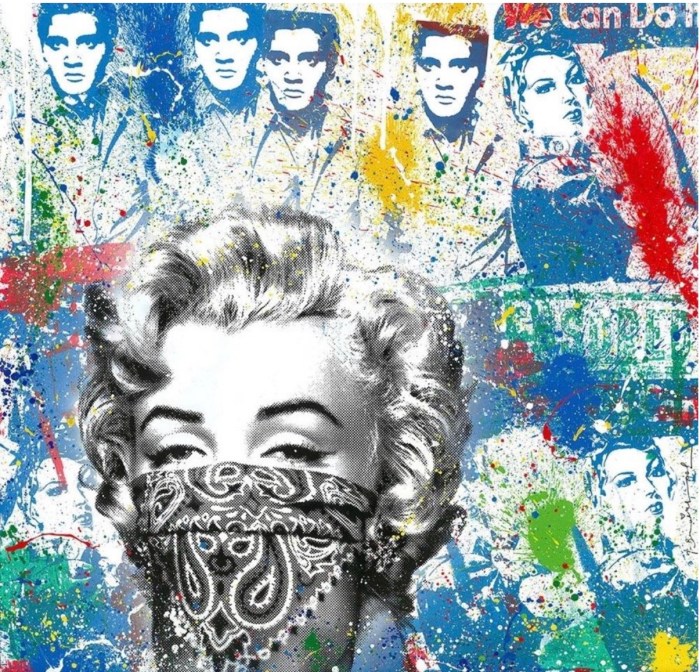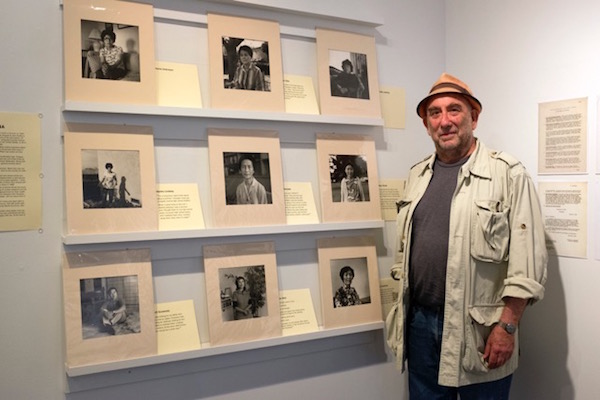
BY SCOTT STIFFLER | “You listen to people tell their stories,” said Gary Schoichet, of his work with Japanese-American atomic bomb survivors, “and it’s terrible. It’s another example of how consequences are not thought about in terms of the actions that, in this instance, our government took.”
Documented by Schoichet during a trip to California in the summer of 1982 (“a time of great anti-nuclear agitation,” he noted), the collection currently on view at a Garment District gallery contemplates the experiences of “hibakusha” — a Japanese word describing “explosion-affected people.”
Staring straight ahead or looking downward and slightly off to the side, the somber black and white photos of one man and eight women are paired with wrenching first-person accounts of the moments, months, and years that followed the bombings of Hiroshima and Nagasaki on, respectively, August 6 and 9, 1945.
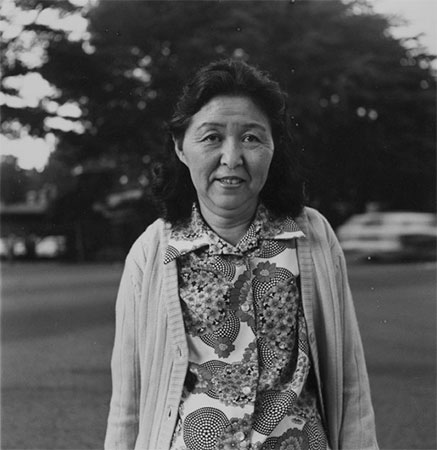
Among the testimonials, particularly graphic is that of California-born Mary Honda, whose family moved to Japan when she was 16. Visiting a hospital when the Hiroshima bomb exploded, she told Schoichet of emerging from under a desk, “glass all over me, with blood running like water.” Struck by the sudden darkness and determined to make it outside, she urged a girl “sitting there with a burnt chest” to join her, “but she didn’t respond. She had died with her eyes open.” Running home, Honda saw a river “filled with thousands of burned people, their bodies swollen like balloons” and heard pleas from the living: “Please kill me, it hurts so bad.”
Honda, who settled in San Francisco three years after the bombing, described herself at the time of her interview as being in “basically good health,” despite frequent colds and fatigue. In his premise to the booklet of interviews (free for the taking at the gallery), Schoichet noted that in addition to an inordinately high rate of cancer, these survivors often experience “lethargy, lingering illness, and infections that last two and three times as long as in other people” as well as a “general anxiety about health, their own and their children’s.” Although the US government refutes any connection between their ill health and the bomb, it’s telling, Schoichet observed, that “insurance companies, knowing better, will not insure them if they are hibakusha.”
Schoichet’s work does not seek to convince viewers and readers of such a connection, but he hopes they’ll draw a line between the destructive power of one moment in time and “the actual effects of it, which were with these people for the rest of their lives. Families were lost, and histories lost… so maybe if people start to feel for other people, something will happen.”
The experience of documenting these stories certainly left their mark on Schoichet, a 22-year resident of Penn South who, at the time, was already a veteran peace activist who belonged to AND (Artists for Nuclear Disarmament) as well as the CANDU (Chelsea Against Nuclear Destruction United). It was the CANDU group, he recalled, with whom he participated in a June 12, 1982 anti-nuclear march and demonstration that “drew about a million people to Central Park. We made signs and masks and puppets, and hung banners on that bridge on 42nd Street near Tudor City.” Eve Ensler, who would go on to write “The Vagina Monologues,” was also a CANDU member. The two were part of a small group who, during the elections of 1982, “all laid down in front of Ed Koch’s car when he went to vote, and we got arrested,” Schoichet recalled.
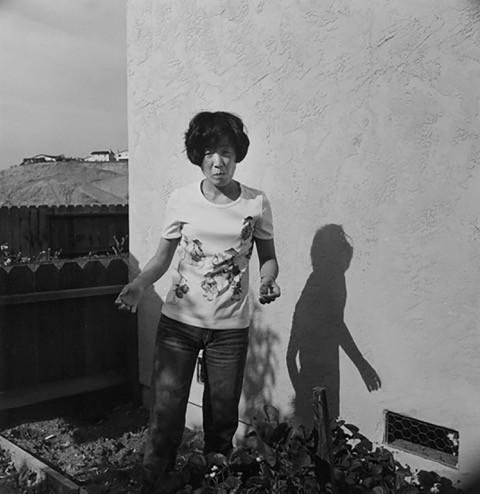
As for how he came to the hibakusha project, “That’s just where my sympathies were,” Schoichet said. “It just seemed like a good thing to do at the time, and I have always felt I was a portrait photographer — so this was an opportunity, and I thought the stories were important. I did ‘pre-computer research’ and found this organization in San Francisco, the Committee of Atomic Bomb Survivors in the USA, and reached out to them.” All of the people photographed and interviewed were members. Today, the group has only one active member — Mariko Lindsey, with whom Schoichet reunited while compiling this current exhibit. “She did not know the whereabouts of the others,” he noted.
In addition to Schoichet’s work, the gallery viewing showcases other artistic reflections on Hiroshima and Nagasaki. Kazuko Hyakuda’s polymer photogravure etchings include works such as “A-Bombed Statue” and “Black Rain” that reference radiation exposure across “vast amounts of land.” Nowadays, the artist notes, “frequent missile tests in North Korea make us feel anxious about the existence of our planet itself.” Likewise, the paintings of Yuki Ideguchi “adapt Chinese and Japanese mythologies and folklore to address the conflict between life and death in the nuclear age.”
Schoichet told Chelsea Now that despite the current state of world events, he remains hopeful. “It’s hard to believe anybody is going to use nuclear weapons [again]. But we didn’t think Trump was going to get elected either.”
“Peace 2017” is a free exhibit, on view through Aug. 26 at Medialia … Rack and Hamper Gallery (335 W. 38th St., 4th Floor; btw. Eighth & Ninth Aves.). Hours: Wed.–Sat., 12–6 p.m. For info, call 212-971-0953 or visit medialiagallery.com.
